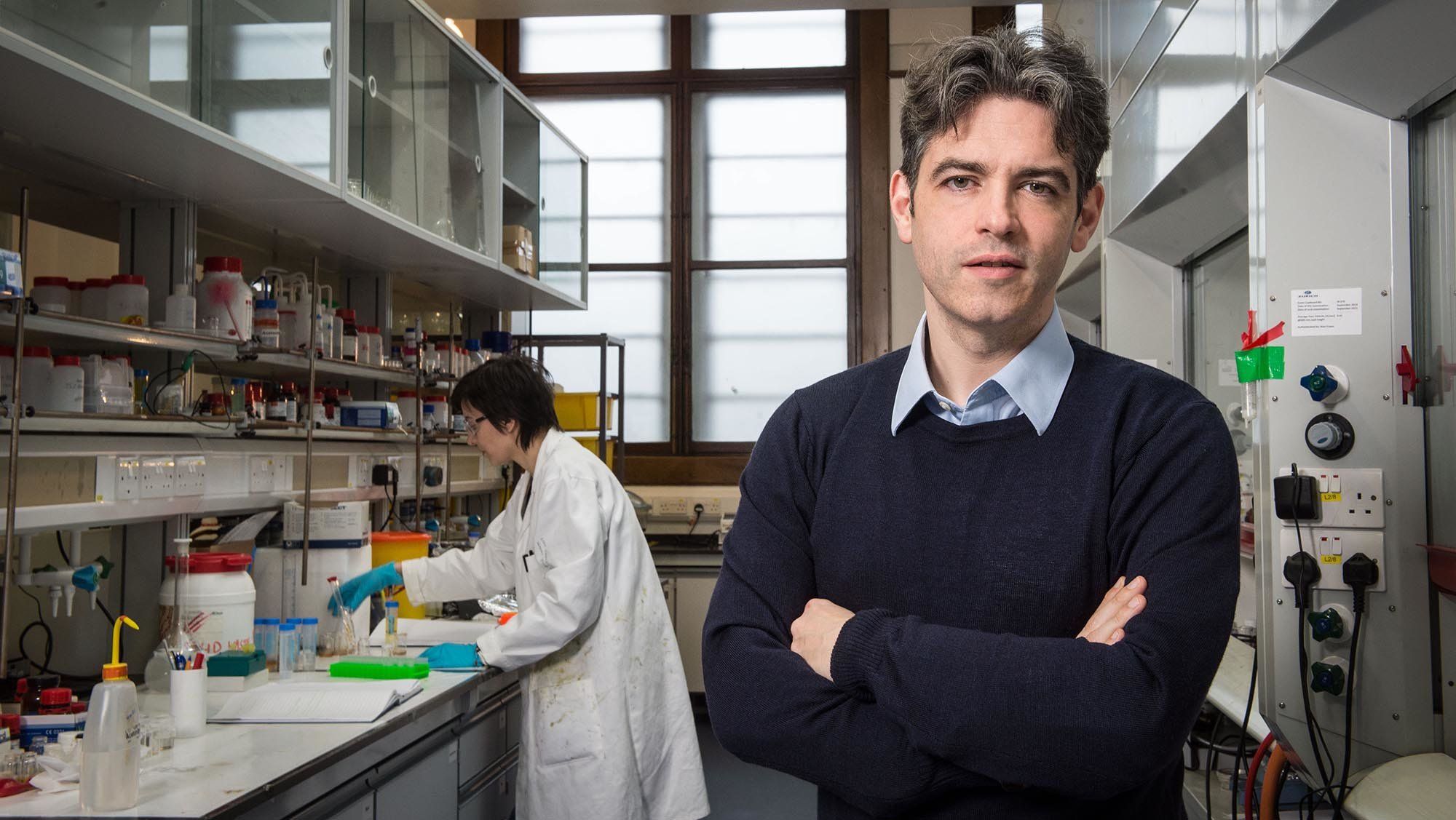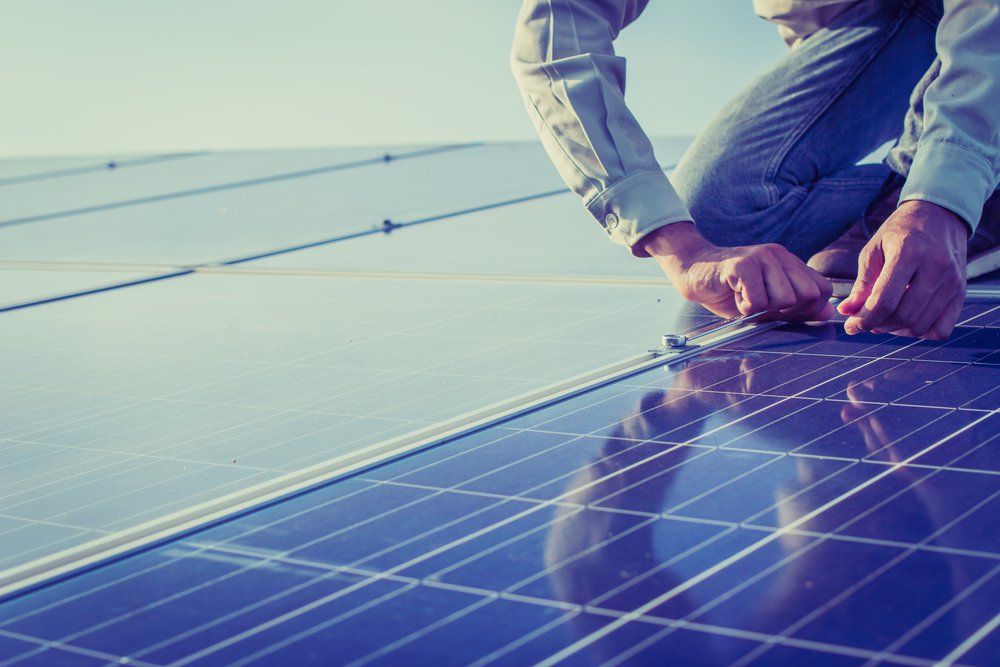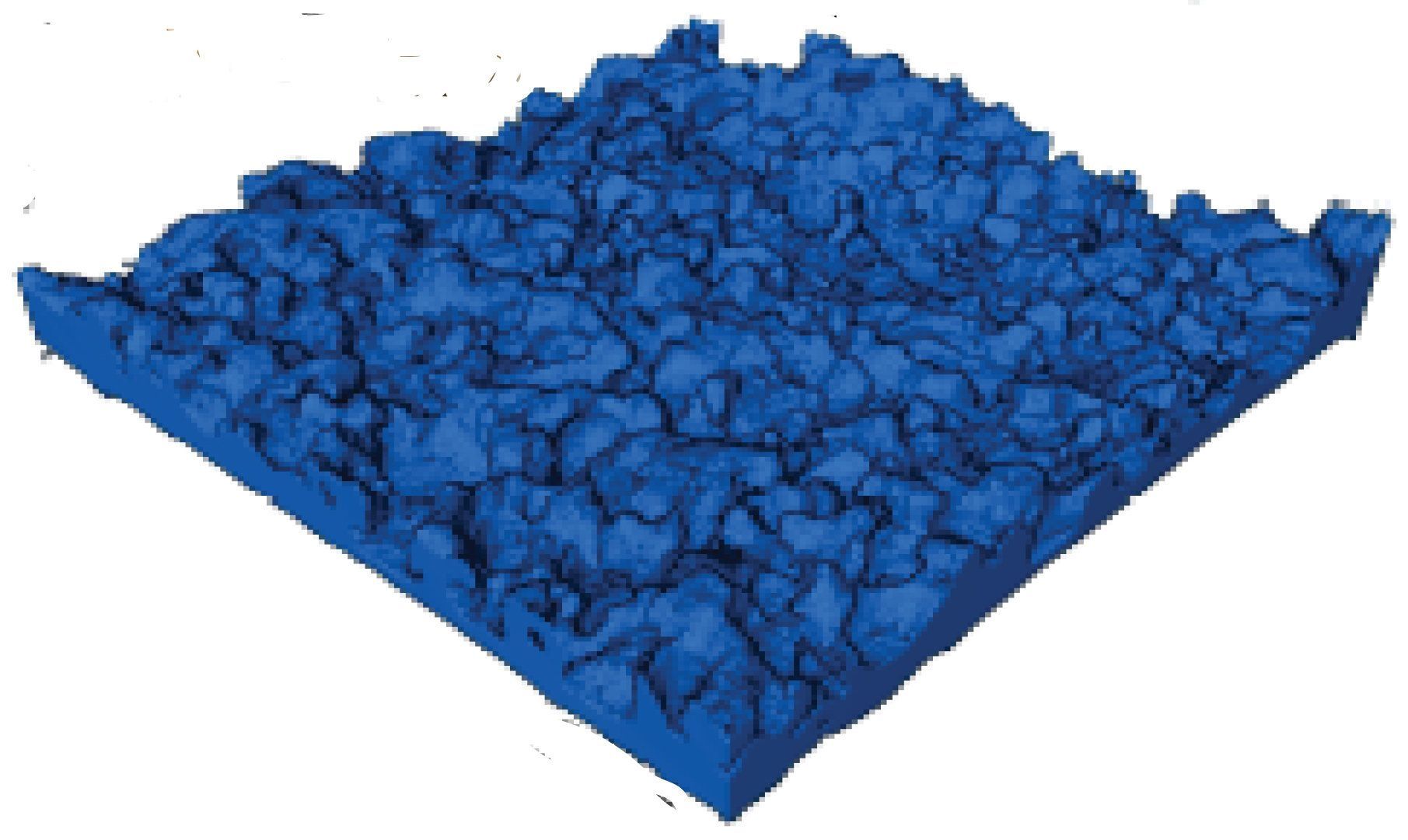The ocean floor holds unique information about Earth’s history. Scientific ocean drilling, which started 50 years ago, has yielded insights into climate change, geohazards and the key conditions for life.
Category: sustainability – Page 615

Tenfold improvement in liquid batteries mean electric car refuelling could take minutes
One of the biggest drawbacks of electric vehicles – that they require hours and hours to charge – could be obliterated by new type of liquid battery that is roughly ten times more energy-dense than existing models, according to Professor Lee Cronin, the Regius Chair of Chemistry at the University of Glasgow, UK.
What’s so special about this liquid, or flow, battery?
“A normal electric vehicle has a solid battery, and when that runs out of charge you have to recharge it by plugging it in to a power socket. This takes half an hour or so if you find a rapid charger at a motorway service station, or up to 12 hours at home. Our battery, however, is made of a liquid rather than a solid. If you run out of charge, you could in principle pump out the depleted liquid and – like a regular petrol or diesel vehicle – refill it with liquid that is ready-charged. And that would take minutes.”

Screen-printed, large-area nPERT solar cells surpass 23 percent efficiency
At today’s EU PVSEC conference, imec—the world-leading research and innovation hub in nanoelectronics, energy and digital technology and partner in EnergyVille—announced that its latest generation of large-area monofacial screen-printed rear-emitter nPERT cells feature a conversion efficiency of 23.03 percent, certified by Fraunhofer ISE CalLab. The nPERT (n-type Passivated Emitter and Rear Totally diffused) solar cells are made using an industry-compatible screen-printing process that has been designed as an upgrade of conventional pPERC (p-type Passivated Emitter and Rear Cell) processes. According to imec, its nPERT technology is projected to reach 23.5 percent efficiency by the end of this year, and there is a clear technology roadmap to eventually surpass 24 percent.
While p-type PERC solar cells are becoming mainstream in the PV industry, n-type PERT technology is being developed as a cost-effective contender that has a number of inherent advantages: Due to the absence of B-O complexes, n-type cells don’t suffer from light induced degradation (LID) and are less sensitive to metal impurities. That makes for cells that have the potential for a longer-term stability and a higher efficiency. Imec fabricated the M2-sized cells (area: 244.3 cm²) on its pilot line with industry-compatible tools and recipes, in a process that is an upgrade of the pPERC fabrication process, using a similar layout of an n+ region (Front Surface Field) on the illuminated side and a p+ region (as rear emitter) on the opposite side and adding a cost-effective boron diffusion.
“Until now, nPERT solar technology has not yet found the traction it deserves in the industry,” says Loic Tous, senior researcher at imec. “With these ever-improving results, which we achieved by applying knowledge gained from our bifacial nPERT project, we are now demonstrating the potential of nPERT technology. The advantages in stability and efficiency potential over p-type PERC cells, while using the same equipment with the addition of a Boron diffusion, make this a very promising technology for future manufacturing lines.”


The Four Best Investments We Can Make in the Global War on Poverty
All three of these surprising achievements are highlighted in the Goalkeepers 2018 Data Report, written by Bill and Melinda Gates and released on Sept. 18. But the dispatch—an assessment of the progress made so far on the United Nations’ 17 Sustainable Development Goals and done with the help of the University of Washington’s Institute for Health Metrics and Evaluation—is anything but rah-rah. For every encouraging data point, indeed, there is one that alarms. For every promising advance in the global war on poverty and disease is a perilous outcome if we lose focus or steam.
A report from the Bill & Melinda Gates Foundation focuses on four key areas: Health, education, sanitation, and family planning.
Can NMN Increase Longevity?
Today, we are delighted to announce that we have launched a new crowdfunding campaign on Lifespan.io: the NAD+ Mouse Project by Dr. David Sinclair and his team at Harvard Medical School.
The first long-term lifespan study in mice involving supplementation with NMN, a precursor of NAD+ metabolism, which has been shown to reduce aging markers and increase sirtuin activity. We propose to conduct a longevity study using NMN in the drinking water of wild-type mice. We also propose to test NMN on a novel model of accelerated aging mice known as ICE mice (Induced Changes In Epigenome).

Volvo unveils all-electric and autonomous truck without a cab
If your truck is completely autonomous, why would you need a cab? Volvo Trucks believes that you don’t and that’s why they built a new all-electric and autonomous truck without a cab called Vera.
Claes Nilsson, President of Volvo Trucks, the idea behind Vera:
“The full potential of the transport industry is yet to be seen. Everything suggests that the global need for transportation will continue to significantly increase in the coming decade. If we are to meet this demand in a sustainable and efficient way, we must find new solutions. In order to secure a smoothly functioning goods flow system we also need to exploit existing infrastructure better than currently. The transport system we are developing can be an important complement to today’s solutions and can help meet many of the challenges faced by society, transport companies and transport buyers,”

3D electron microscopy uncovers the complex guts of desalination membranes
Careful sample preparation, electron tomography and quantitative analysis of 3D models provides unique insights into the inner structure of reverse osmosis membranes widely used for salt water desalination wastewater recycling and home use, according to a team of chemical engineers.
These reverse osmosis membranes are layers of material with an active aromatic polyamide layer that allows water molecules through, but screens out 99 to 99.9 percent of the salt.
“As water stresses continue to grow, better membrane filtration materials are needed to enhance water recovery, prevent fouling, and extend filtration module lifetimes while maintaining reasonable costs to ensure accessibility throughout the world,” said Enrique Gomez, professor of chemical engineering, Penn State. “Knowing what the material looks like on the inside, and understanding how this microstructure affects water transport properties, is crucial to designing next-generation membranes with longer operational lifetimes that can function under a diverse set of conditions.”

Lucid Motors closes $1 billion deal with Saudi Arabia to fund electric car production
Lucid Motors, the electric car startup that aims to compete with Tesla, will receive an eye-popping $1 billion in funding from Saudi Arabia’s sovereign wealth fund, the kingdom announced on Monday. The investment will finance Lucid Motor’s 2020 commercial launch of its first electric vehicle, the Lucid Air. Meanwhile, Tesla’s stock dipped by as much as 2 percent in early trading on news of the investment.
The deal is a major win for Lucid, which has languished over the last year as it failed to secure the funding necessary to start making its luxury electric cars. News of the talks comes weeks after Saudi Arabia purchased 5 percent of Tesla and emerged as a central player in Elon Musk’s failed effort to take the company private again. Musk cited conversations with the director of the Saudi fund as the impetus for his push to take Tesla private.
Bike-path made from recycled plastic opens in the Netherlands
I am all for recycling of plastics but I would prefer we stop using petroleum based plastics and instead use hemp based plastics that are biodegradable. I have better materials for roads and paths that could last for hundreds of years. If you want to know more get in touch with me.
Officials with the Dutch city of Zwolle have announced the opening of a new bike path made using recycled plastic. The bike path is part of a nationwide effort to recycle more user end products. The bike path was made using a modular design called PlasticRoad by a pipe-making company called Wavin.
The idea for the bike path was conceived by Anne Koudstaal and Simon Jorritsma who work for KWS—a company that makes roads. KWS and Wavin were joined by petroleum giant Total in designing the PlasticRoad concept.
The bike path is 30 meters long and runs from Verenigingstraat to Lindestraat in Zwolle. Officials with Wavin report that the modules making up the bike path used the equivalent of a a half-million plastic bottle caps and approximately 218,000 plastic cups. Recycled plastic accounted for approximately 70 percent of the PlasticRoad material. The modules were created using a hollow design—at the top is the road surface—beneath it is a hollow area that can be used for draining. A frame holds the top and bottom pieces together. The researchers also added sensors in the hollow section to count traffic and monitor wear and tear on each module. Installation of a stretch of roadway or bike path is done by excavating the ground and then laying the modules one by one. Each module is then connected to adjacent ones to provide a seamless ride for bike riders. Wavin officials claim the modules are easy to install, very lightweight and are more durable than asphalt.